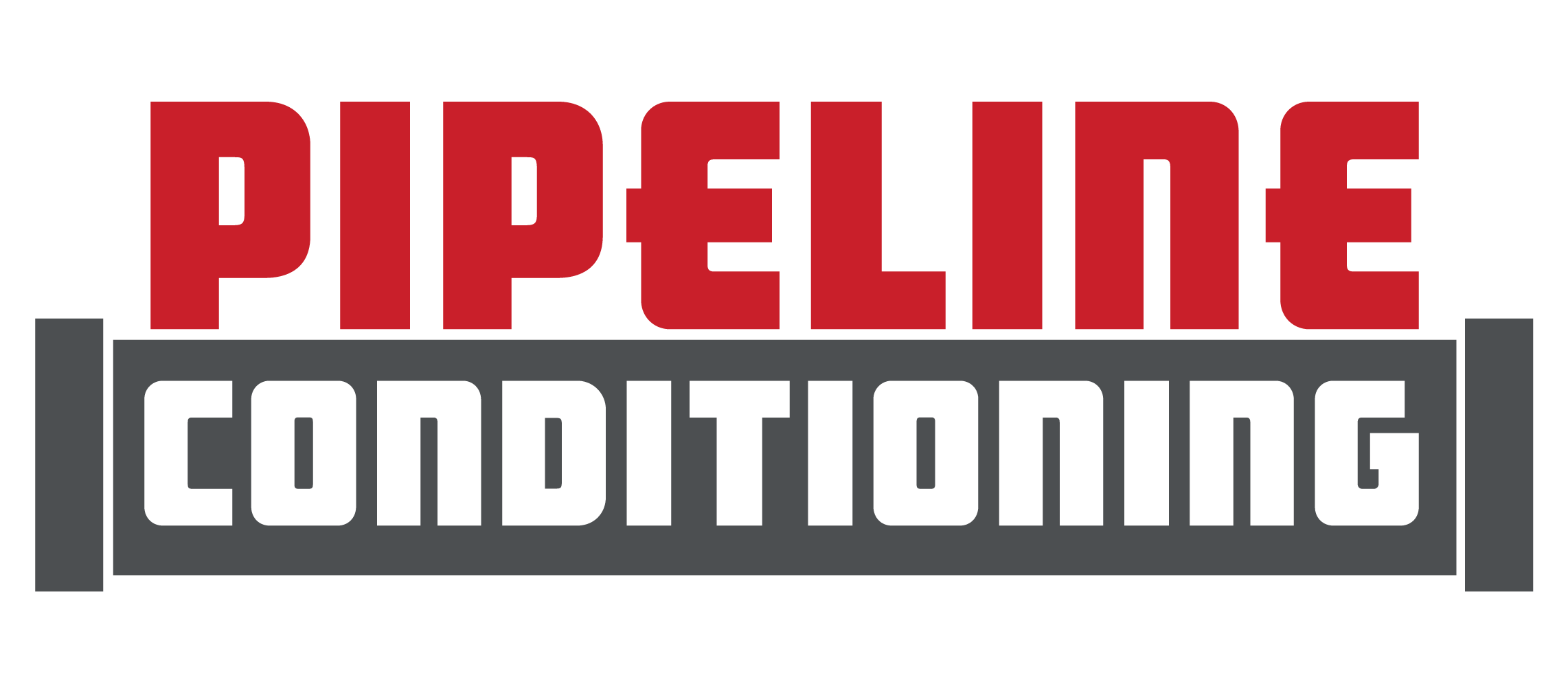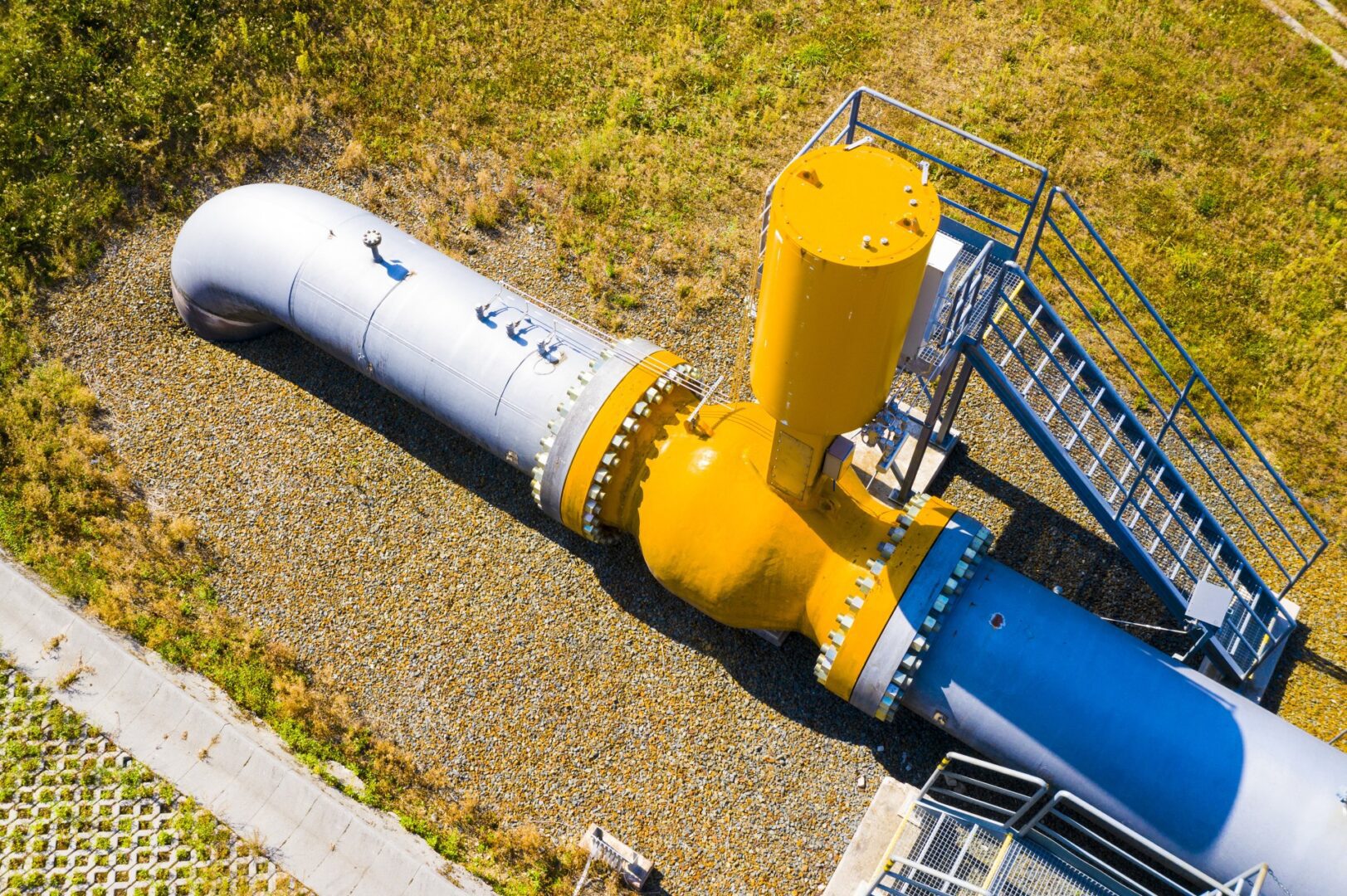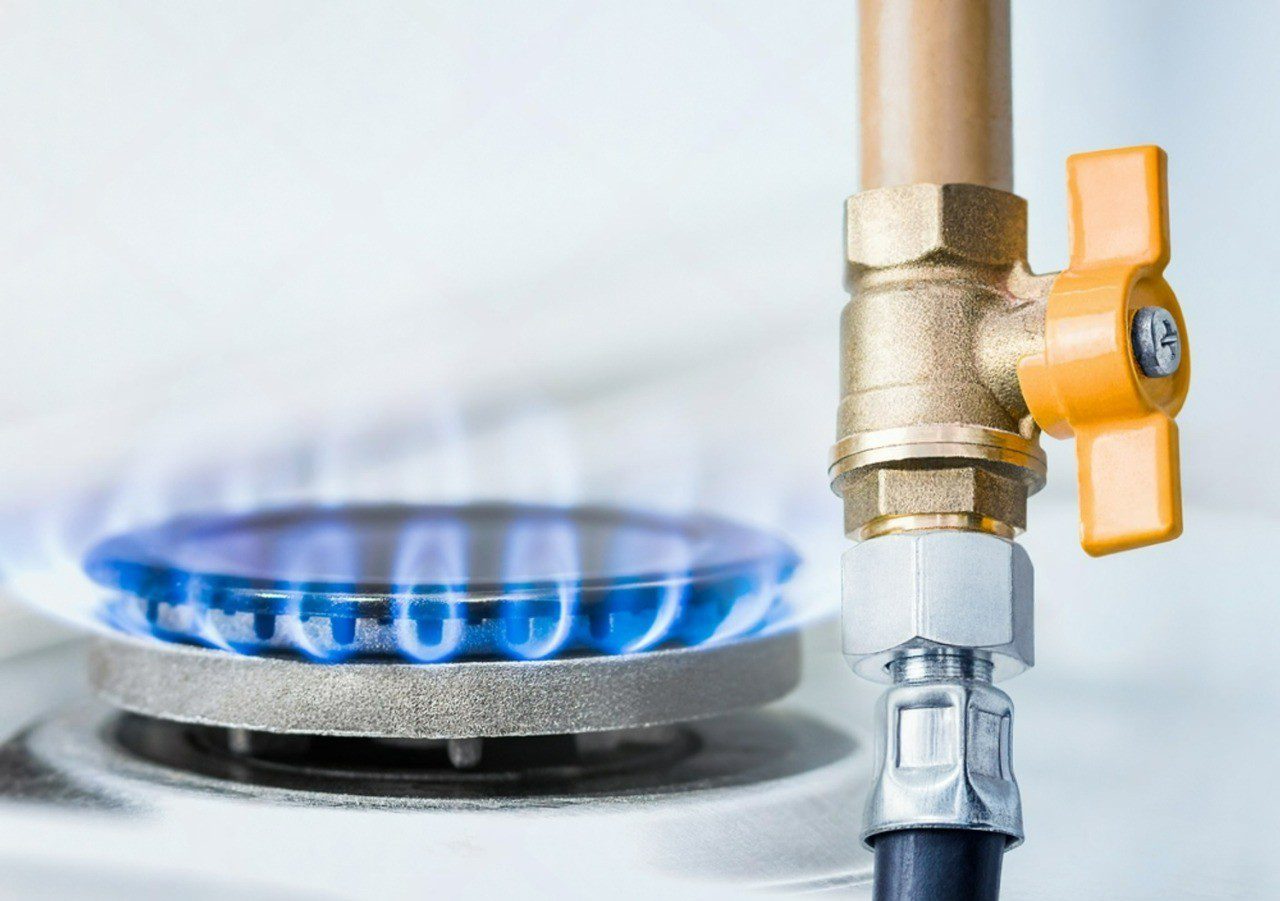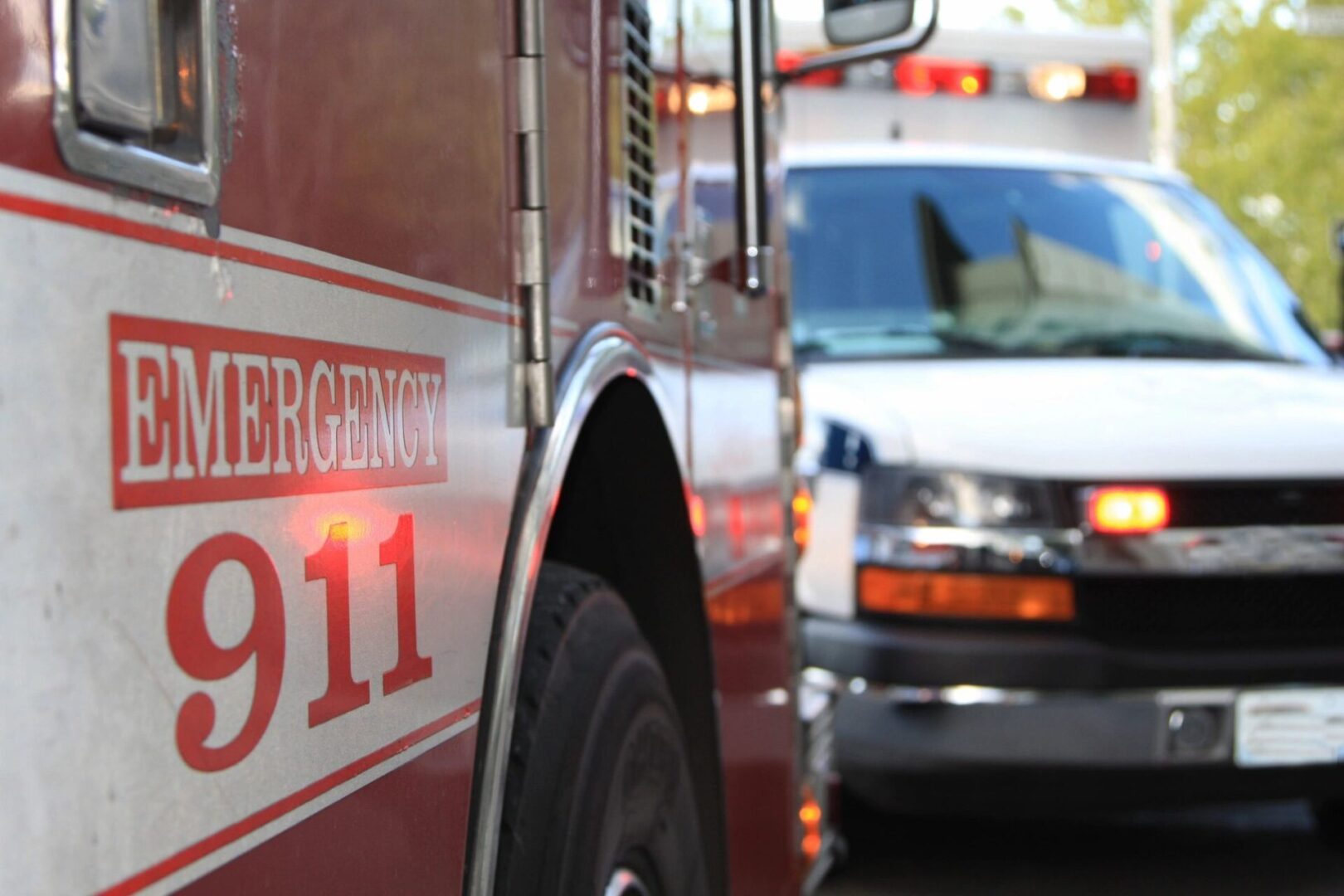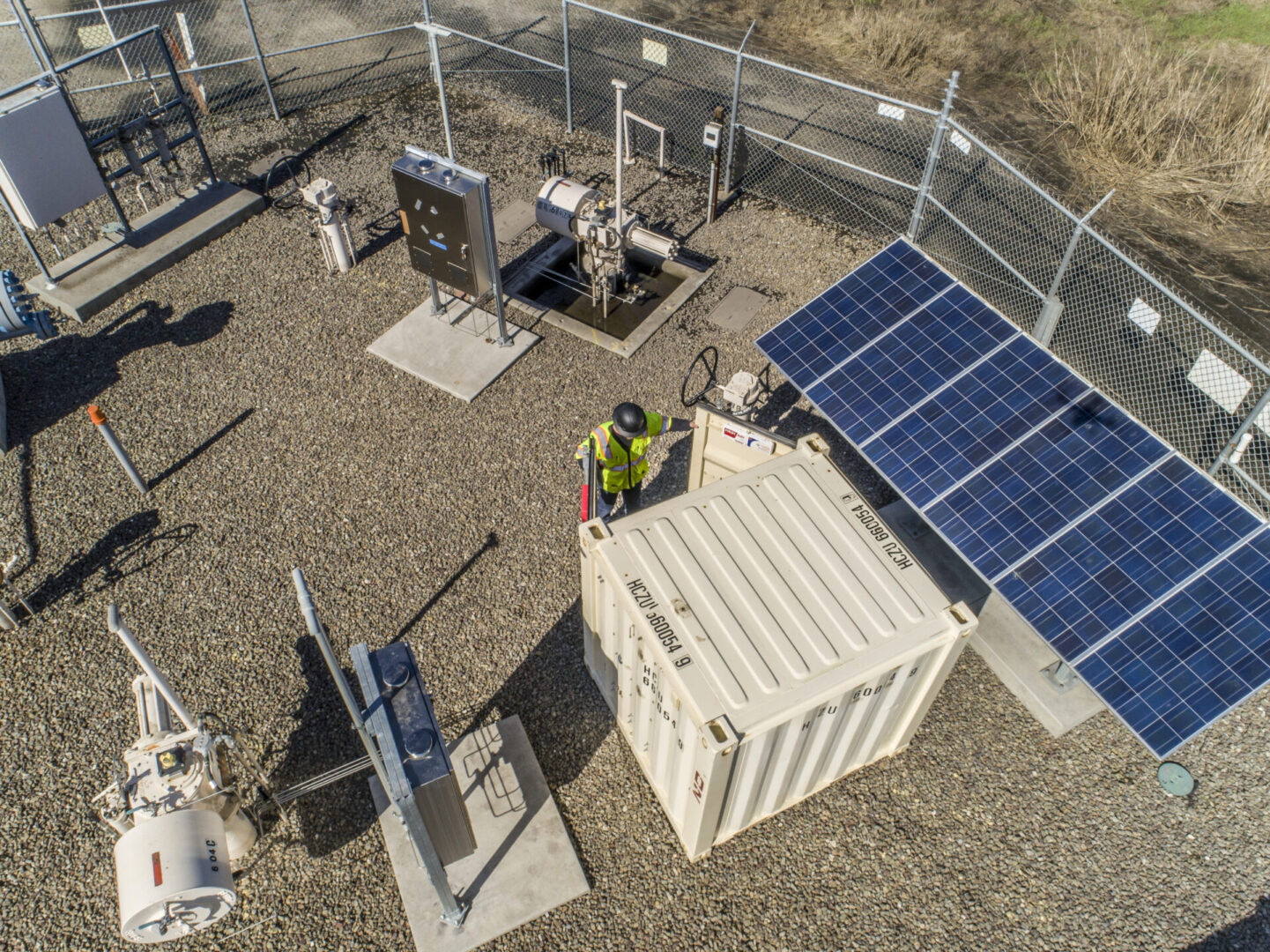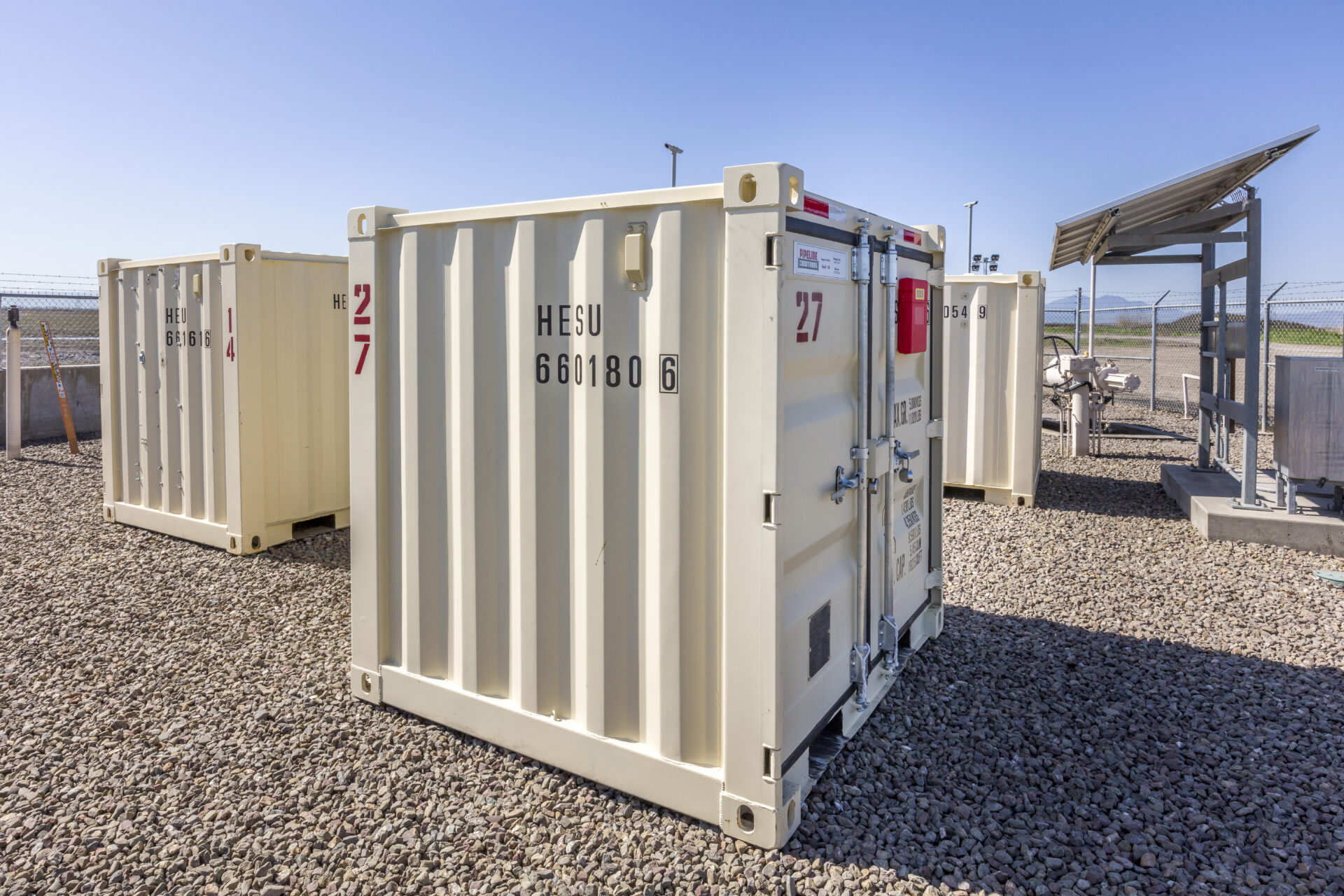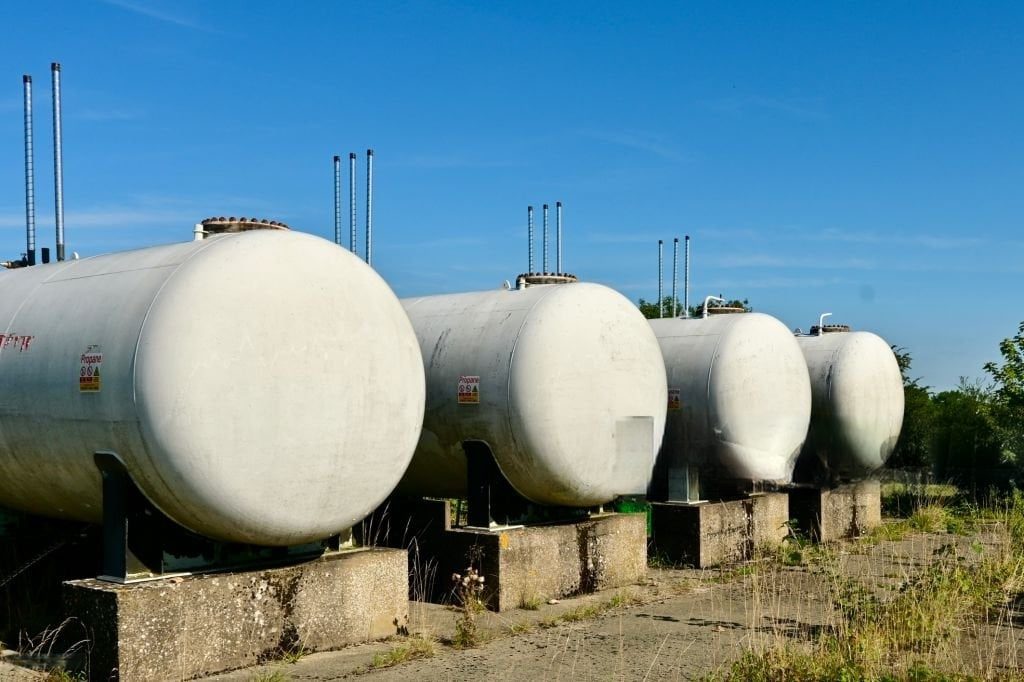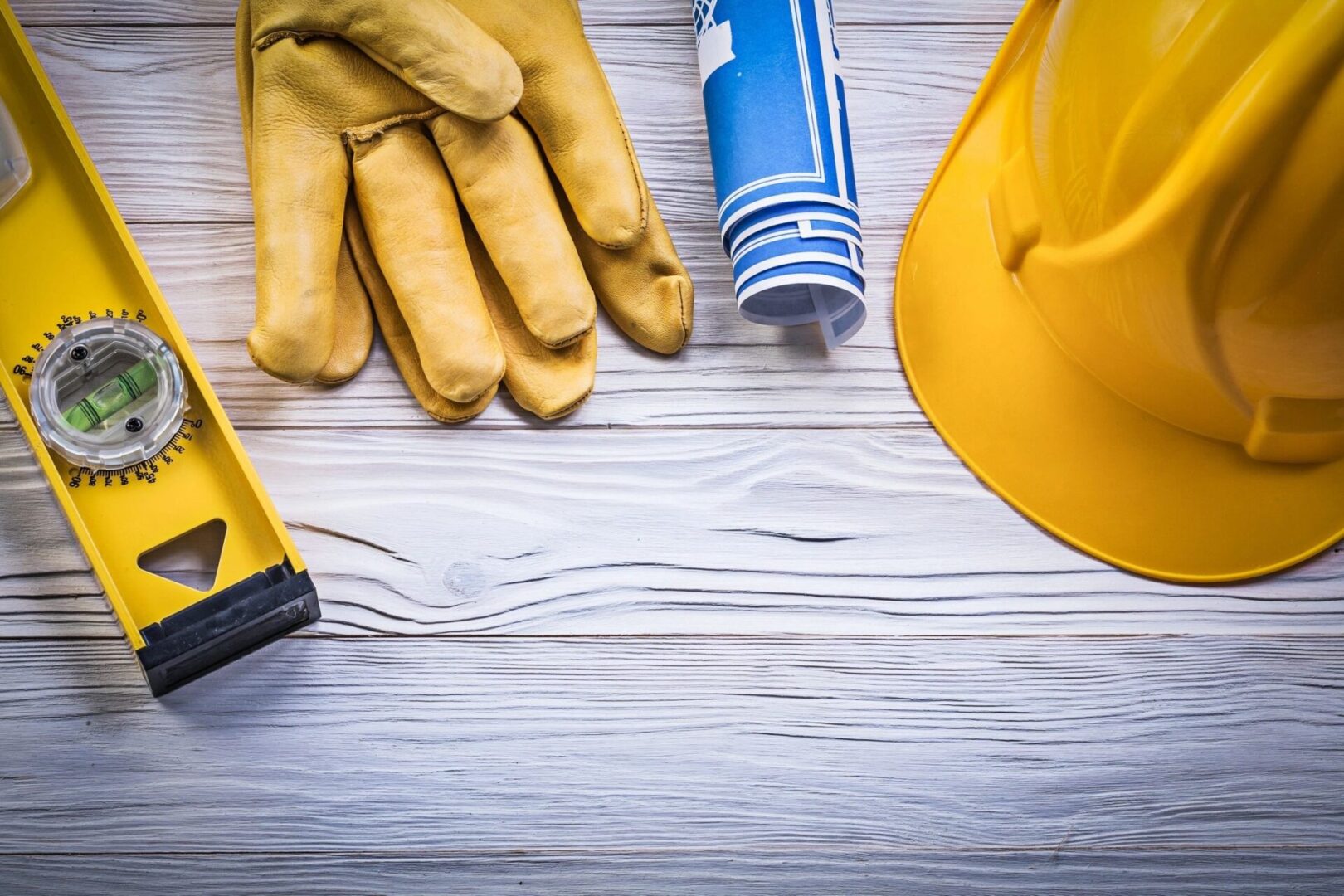
Job Safety Best Practices: Staying Safe in Extreme Heat
As temperatures climb, so does the risk of heat-related illness on pipeline projects. Whether you’re operating a valve trailer in West Texas or overseeing a conditioning setup in the Southeast, extreme heat puts every crew at risk.
And the truth is, most heat-related incidents are preventable.
At Pipeline Conditioning, we build safety into everything we do. That means more than PPE and tailgate meetings – It means preparing for conditions before they become a problem. Here’s how we do it, and how you can too.
Recognize the Early Signs of Heat Stress
Heat illness doesn’t always announce itself. Sometimes it starts with small signs that are easy to ignore, until it’s too late.
Here’s what every crew member should know to look for:
- Dry, hot skin after heavy sweating
- Dizziness, fatigue, or confusion
- Nausea or vomiting
- Muscle cramps or weakness
- Headache or rapid pulse
If you notice these symptoms in yourself or a coworker, stop, get to shade, and call for help. Time matters.
Hydration is Non-Negotiable
Waiting until you’re thirsty means you’re already behind. Our crews follow a simple rule: hydrate early and often.
- Drink 16–32 oz of water per hour in high heat
- Avoid energy drinks, soda, and alcohol
- Use electrolyte drinks if sweating heavily
We keep coolers stocked and accessible at every job site, no exceptions.
Shade Breaks & Buddy Systems Save Lives
Even short breaks from the sun can make the difference between finishing a job and ending up in the hospital.
What we recommend:
- Rotate crews every 45–60 minutes during peak sun
- Use shade canopies or vehicle A/C if needed
- Never work alone; a buddy can catch symptoms you might not notice
Leadership Sets the Tone
Heat safety isn’t just a field issue. Supervisors and project leads must:
- Adjust shift schedules around peak heat when possible
- Remind crews to hydrate during toolbox talks
- Empower employees to stop work if conditions feel unsafe
If safety isn’t prioritized at the top, it won’t be taken seriously in the field.
How PC Approaches Heat Safety
At Pipeline Conditioning, we don’t leave safety up to chance:
- All trailers are equipped with fans, shade, and water
- Our engineers receive heat illness awareness training
- We encourage stop-work authority at every level of the crew
We’ve worked everywhere from the Mojave Desert to the Gulf Coast. And we’ve done it safely, because we plan for the conditions, not just the job.
Myths and Truths About Odorization
Odorization is one of the most important safeguards in the natural gas industry, but it is also one of the most misunderstood. We hear the…
From Pipeline to Stove: The Journey of Safe Gas
Every October, Natural Gas Week gives us a chance to step back and appreciate one of the most important energy sources in our daily lives.…
The Real Cost of False Leak Calls
When it comes to odorization, one of the most common mistakes we see is over-odorization. Some contractors think adding a little extra odorant “just to…
The Benefits of Partnering with a Specialized Odorization Service Provider
Expert Solutions for Safety, Compliance, and Operational Efficiency When trying to ensure the safety of natural gas pipelines, odorization is the topmost priority. The addition…
Job Safety Best Practices: Staying Safe in Extreme Heat
As temperatures climb, so does the risk of heat-related illness on pipeline projects. Whether you’re operating a valve trailer in West Texas or overseeing a…
The Importance of Pipeline Pickling for Residential Buildings: Keeping Urban Living Safe
Protecting High-Rise Residents with Proper Pipeline Conditioning and Odorization From the luxury apartments of Manhattan to the sleek towers of Los Angeles and Chicago, high-rise…
Steel vs. PE Pipes: Evaluating Costs and Material Selection for Natural Gas Pipelines
Selecting the appropriate material for natural gas pipelines is a critical decision that impacts both initial investment and long-term operational efficiency. Steel and polyethylene (PE)…
From Frustration to Foundation: How One Engineer’s Mission Became Pipeline Conditioning
From Frustration to Foundation: How One Engineer’s Mission Became Pipeline Conditioning In an industry where too many things are done out of habit, Pipeline Conditioning…
Temporary Odorization and Why Doing It Yourself Might Just Be Costly
The Hidden Costs of DIY Odorization: Why Expert Solutions Save Time, Money, and Risk Quick problem-solving is everything in the natural gas world, especially when…
Decommissioning an Odorization Station: Best Practices for a Smooth Transition
Ensuring Safety and Efficiency When Retiring Critical Infrastructure Odorization stations play a crucial role in the safety of natural gas by adding an odorant that…
